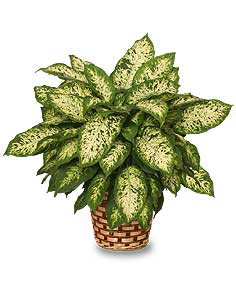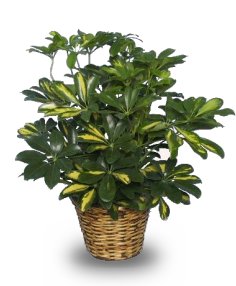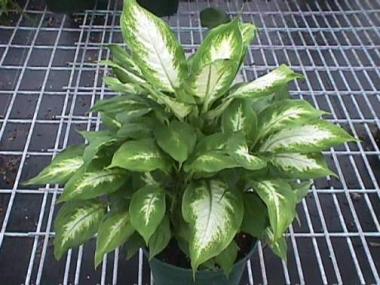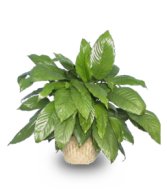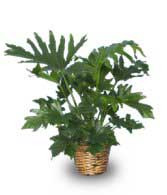If you’re not really the green thumb but want a houseplant anyway, try Chinese Evergreen. It grows best in a tropical environment (i.e. humid) so a little extra water isn’t going to cause you a world of headaches.
Chinese Evergreen plants love areas with high humidity, partial light, and moist soil. That makes Chinese Evergreen (Aglaonema vittata) perfect for people who live in humid tropical climates. Even if they live in a dryer area, Chinese Evergreen is the perfect plant for a large bathroom, decorations in a spa, rainy climates like the Pacific Northwest, or someone who just tends to overwater things. These plants cannot tolerate dry air so be careful to avoid areas with a draft.
Chinese Evergreen plant care isn’t especially difficult. However, it does require some attention. This plant can be grown as a houseplant or in a shady outdoor garden. Wherever grown, the soil around the Chinese Evergreen must be kept evenly moist with a small drying time between watering to avoid fungal problems.
Chinese Evergreen thrives in areas with no frost and partial sunlight. They do not perform well in direct sunlight as moisture is more quickly removed from the environment under these conditions. Areas of the home like the kitchen or bath are perfect for Chinese Evergreen as the evenly moist climate will stimulate growth.
Need an eco-friendly gift for someone? The greenest gift of all is a houseplant like Chinese Evergreen. When you buy a Chinese Evergreen houseplant, you know that your eco-friendly friend will love the gift. It’s beautiful, easy and a constant reminder of the need for a green lifestyle.
More than just the eco-friendly niche, Chinese Evergreen houseplants are great gifts for a wide range of people. Anyone who remains in their home at length will enjoy the touch of nature that Chinese Evergreen provides. As it requires only a fair amount of attention, this will provide homebodies with something fresh to nurture and love. As a garden plant, Chinese Evergreen exists as part of a beautiful landscape for outdoor parties and garden visits. Know someone who keeps their home on the warm side and tends to overwater plants? This is the houseplant for them.


 Find Your
Find Your 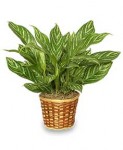
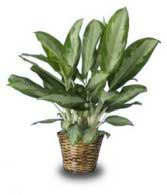 one variety of a Chinese Evergreen (Aglaonema)
one variety of a Chinese Evergreen (Aglaonema)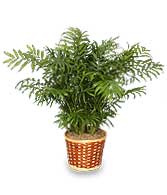
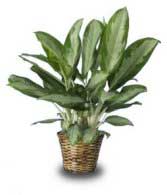 chinese evergreen
chinese evergreen